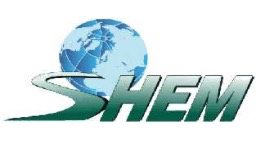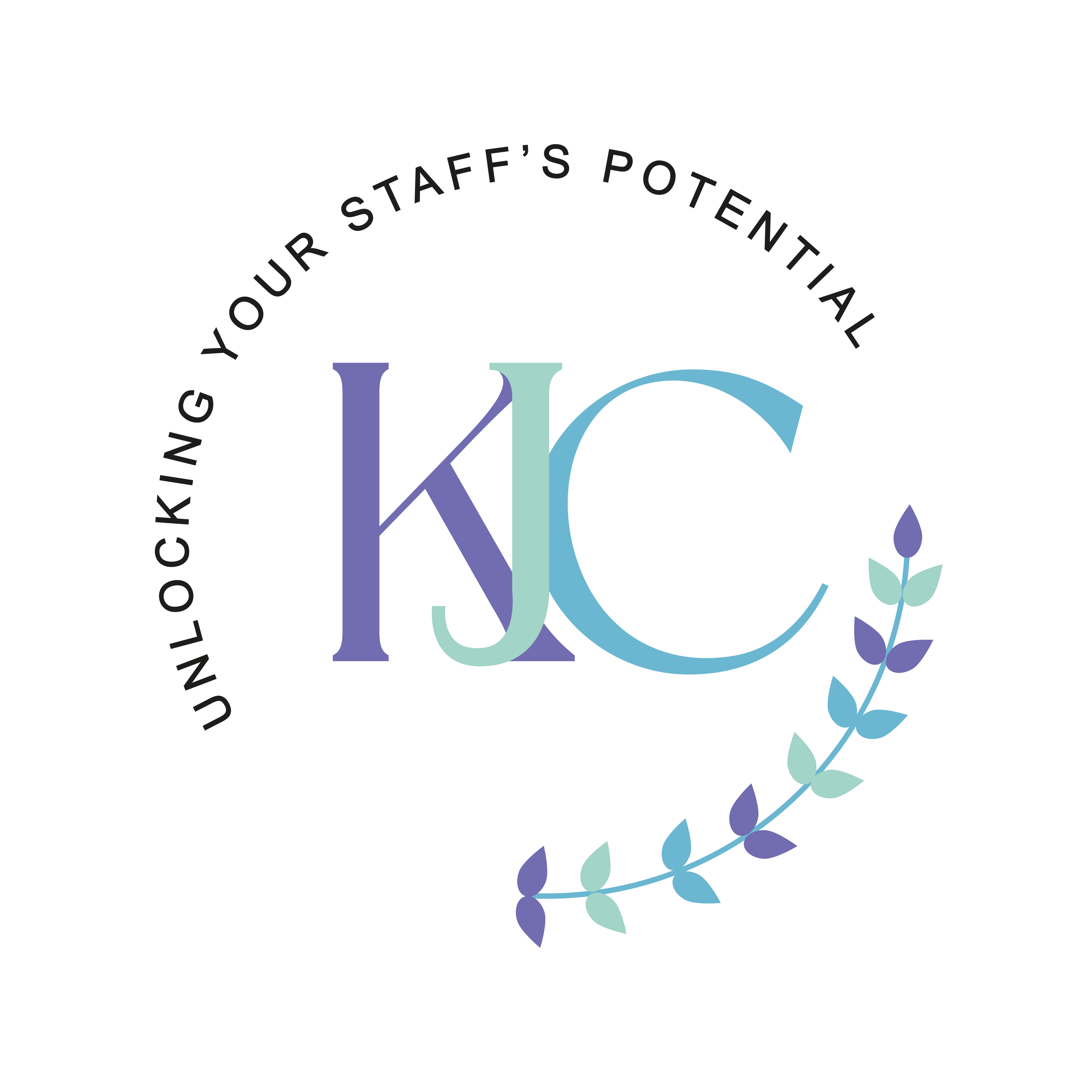Information
-
Audit Title
-
Conducted on
-
Prepared by
-
Location
1.0 WAREHOUSE OPERATIONS
-
1.1 - Is there a safe clearance for equipment through aisles and doors?
-
1.2 - Are aisles wide enough for all MHE to operate effectively including loading and unloading palletized racks?
-
1.3 Are aisles properly marked with yellow lines to demarcate traffic lines aisles, receiving and shipping areas and storage sections?
-
1.4 Are there mirrors at high density traffic corners, especially where there is heavy forklift and pedestrian traffic?
-
1.5 Is there a sign posted at the entrance that states "Authorized personnel only"?
-
1.6 Are doors kept locked at all times and all visitors recorded?
-
1.7 Are storage racks in good condition with no bent or damaged uprights?
-
1.8 Are pranks and platforms loaded only to their capacity, with no indication of overloading?
-
1.9 Is racking and other hardware protected from MHE impacts by barricades, posts or rails?
-
1.10 Are racking systems bolted to the floor, wall, or other secure estructures?
-
1.11 Are floor and mezzanine load-bearing capacities posted and observed?
-
1.12 Are materials stacked neatly and properly supported to ensure stability?
-
1.13 Does the supervisor ensure that heavier items go low in the rack and that lighter items go high in the rack?
-
1.14 Where pipe, carpeting or rolled goods are stored, are they properly stored and blocked to keep from rolling?
-
1.15 Is inventory palletized for ease storage and transport?
-
1.16 Are tires stored in an upright position in a climate controlled environment and out of the main warehouse?
-
1.17 Are mezzanine edges protected with sturdy railings at least 42 inches (107cm) high, and provided with a mid-rail and toe board?
-
1.18 Is there a mezzanine "always closed" safety gate for servicing the mezzanine with a forklift. Are hard hats provided and worn where the danger of overhead falling object exists?
-
1.19 Is appropriate foot protection required where there is risk for foot injuries from falling objects, crushing, hot, corrosive or toxic substances?
-
1.20 Are abrasion resistant gloves worn for handling materials with sharp edges, splinters or other surfaces that's can cause severe cuts or lacerations, severe abrasions or punctures?
-
1.21 Is pest control done in accordance with the Department IPM?
2.0 FORKLIFT TRUCK & MHE OPERATION
-
2.1 Is use of gasoline, LPG, or diesel powered forklift truck inside the warehouse prohibited due to the CO hazard?
-
2.2 Are personnel adequately trained and evaluated before they use MHE/forklift trucks? Are they re-evaluated 3 year intervals?
-
2.3 Are forklift operators pre-qualified to use forklifts prior to operation and does the supervisor ensure the only qualified personnel use MHEs/forklifts?
-
2.4 Are all forklifts trucks equipped with seat belts and used at all times when trucks are operating?
-
2.5 Are the required MHE/forklift truck operating rules available and enforced?
-
2.6 Do the MHE/forklift operators ensure that the load is properly placed on the forks and that the MHE's stability is maintained?
-
2.7 Does the supervisor prohibit riders on the MHE/forklift trucks?
-
2.8 Are MHEs/forklifts trucks used inside the warehouse equipped with adequate overhead guards?
-
2.9 Do personnel conduct forklift truck safety inspections on a daily basis or every ten hours of use?
-
2.10 Are MHE/forklifts properly maintained?
-
2.11 Are drip pans provided in forklift parking areas to limit oil and lubricant contamination on floors?
-
2.12 Do all MHEs/forklift trucks a have a warning horn, which can be clearly heard above the normal noise in the areas where operated?
-
2.13 Are the brakes on each forklift truck capable of bringing the vehicle to a complete and safe stop when fully loaded or, for MHEs, is power to the drive motor shut off when the operator releases his grip on the device that controls the travel?
-
2.14 Are unattended, parked forklifts trucks left with the parking brake set, key removed and forks lowered?
-
2.15 Are fork-mounted work platform used to lift employees equipped with 42" high railings and a screen or solid barrier on the side facing the forklift mast?
-
2.16 Are fork-mounted work platforms used to lift employees secured to the forklift mast?
-
2.17 Are employees provided with a Personal Fall Arrest System when on a fork-mounted work platform and trained in its correct usage?
-
2.18 Are load capacity label, operation and maintenance plates, tags or decals in place on the forklift and legible?
3.0 BATTERY CHARGING OPERATIONS
-
3.1 Is the battery charging area properly vented to ensure that there is no dangerous buildup of hydrogen has from charging batteries?
-
3.2 Is the necessary PPE (rubber gloves, face shield, rubber apron) for battery maintenance and spill response available near the charging location?
-
3.3 Is there an eyewash station near the battery charging area?
-
3.4 Do the warehouse personnel know how to clean up battery spills?
-
3.5 Is a clean up kit with a supply of acid neutralizer located near the battery charging area?
-
3.6 Are nearby wiring and electrical devices properly installed to ensure the do not overheat or produce a ignition source?
-
3.7 Are there other ignition sources nearby and is their use controlled?
-
3.8 Are "No smoking" signs posted and does the supervisor enforce this requirement?
4.0 ELECTRICAL SAFETY
-
4.1 Are electrical machinery and appliances grounded?
-
4.2 Do extension cords being used have a grounding conductor?
-
4.3 Do plug adapters provide necessary ground conductor?
-
4.4 Are all disconnecting switches and circuit breakers labeled to indicated their use or the equipment served?
-
4.5 Do all interior wiring systems include provisions for grounding metal parts of electrical raceways, equipment and enclosures?
-
4.6 Are all electrical conduits, raceways and enclosures securely fastened in place?
-
4.7 Are all energized parts of electrical circuits and equipment guarded against a accidental contact by proper cabinets or enclosures?
-
4.8 Is sufficient access and working space provided and maintained about all electrical equipment to permit ready and safe operations and maintenance?
-
4.9 Are all unused openings (including knockouts) in electrical enclosures and fittings closed with appropriate covers, plugs or plates?
-
4.10 Are electrical enclosures such as switches, receptacles, and junction boxes, provided with tight fitting covers or plates?
-
4.11 Are protective covers installed on all light bulbs that could be impacted by personnel or inventory?
-
4.12 Are electrical receptacles in high hazard areas (wet areas such as bathrooms, and exterior) provided with GFCI?
5.0 HOUSEKEEPING / PREMISES CONDITION
-
5.1 Are walking surfaces kept dry or appropriate means taken to assure the surfaces are slip-resistant?
-
5.2 Are walking surfaces free of debris?
-
5.3 Are all spilled hazardous materials or aned up immediately and according to proper procedures?
-
5.4 Is scrap, debris and wasted stored safely and removed from the worksite promptly?
6.0 CHEMICAL SAFETY
-
6.1 Are solvent- based glues, wood finishes, thinners and solvents kept in appropriate containers that are properly labeled?
-
6.2 Are flammable liquids properly stored in appropriate cabinets when not in use?
-
6.3 When flammable or toxic chemicals are in use, is the ventilation adequate to ensure that vapor concentrations do not buildup in the shop?
-
6.4 Are compressed gas cylinders stored in an outside roofed cage or otherwise secured against tipping over?
-
6.5 Are "No smoking- No ignition sources" signs posted where flammable materials are stored or used?
-
6.6 Are compressed gases such as oxygen separated from flammable compressed gases by at least 20ft or 1/2 hr. Rated firewall?
-
6.7 Are there eye wash facilities within the work area where employees are exposed to corrosive materials or other chemicals hazardous to the eyes?
7.0 LADDERS
-
7.0 Are ladders being inspected at this time?
-
7.1 Are all ladders used by employees at their workplace in overall good condition?
-
7.2 Are ladders free of sharp edges, splinters, splits, decay or broken rings, spreaders, locking clamps and side rails?
-
7.3 Have wooden and aluminum ladders been eliminated?
-
7.4 Are the joints between the steps and side rails tight, all hardware and fittings securely attached, and do the movable parts operate freely without binding or undue movement?
-
7.5 Do stepladder spreaders or locking devices securely hold the front and back sections in the open position?
-
7.6 Are ropes for extension ladders in good condition?
-
7.7 Are the rungs or steps clean?
-
7.8 Are the steps uniformly spaced and parallel and level when the ladders is in the position of use?
-
7.9 Are all damaged ladders tagged for destruction and kept out of service?
-
7.10 Are ladders rated to support at least 300lb (135kg?
-
7.11 Are stepladders limited to no more than 20 ft (6m) long?
-
7.12 Are straight ladders limited to no more than 30 ft. (9m) long?
-
7.13 Are extension ladders limited no more than 60 ft. (18m) long?
-
8.14 Is the straight extension ladders placed at a a pitch of 1:4?
-
7.15 Is the straight extension ladders placed to prevent slipping or is e base and top tied in the position?
-
7.16 For any ladder placed in front of a doorway, is the doors blocked or locked from the other side?
-
7.17 Are ladders tall enough to reach the required height?
-
7.18 Are ladders not placed on boxes, barrels, tables or other materials to gain additional height?
-
7.19 Are workers staying at least lower than 2 steps from the top of a step ladder or 4 steps from form the top of a single section or extension ladder?
-
7.20 Are workers not climbing on the bracing on the back legs of the step ladder?
-
7.21 Is there no more than one person on the ladder at a time?
-
7.22 Are provisions made to not carry tools and materials by hand?
-
7.23 If a ladders is used to provide access to an elevated platform or roof, do the side rails extend at least 36" (91cm) above the platform or roof edge?
-
7.22 Are provisions made to not carry tools and materials by hand?
-
7.23 Are rolling stairs available and used instead of a ladder?
9.0 ADDITIONAL COMMENTS
SIGNATURE
-
Auditor's signature
-
Select date
-










